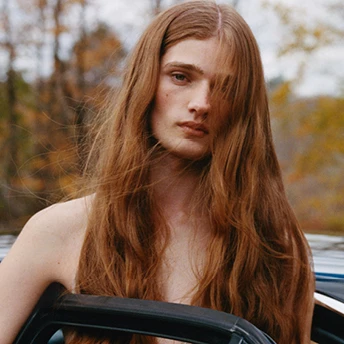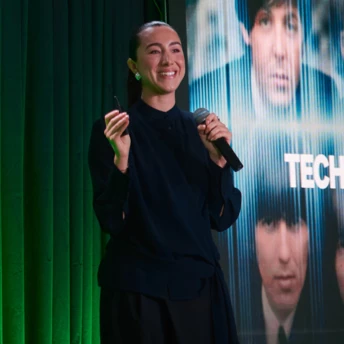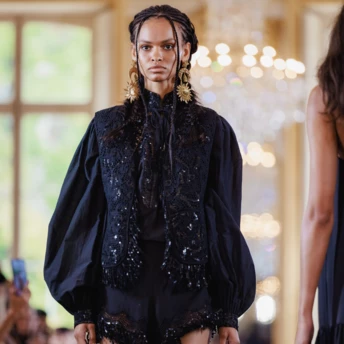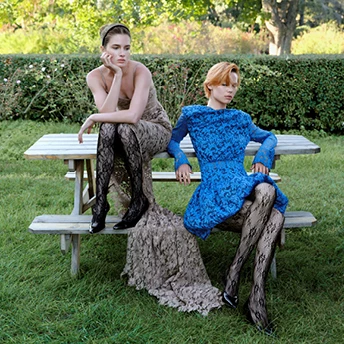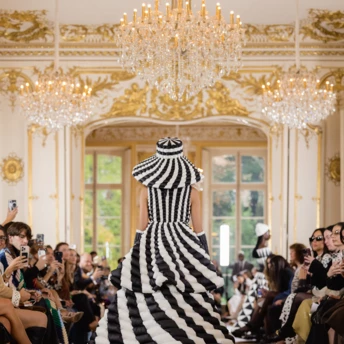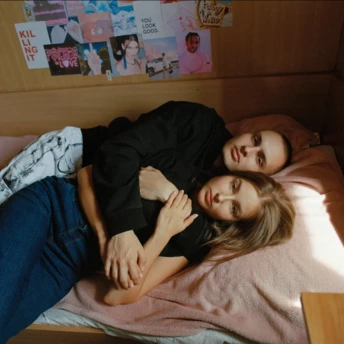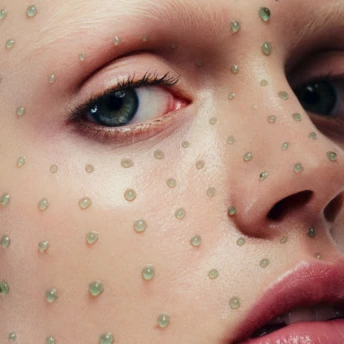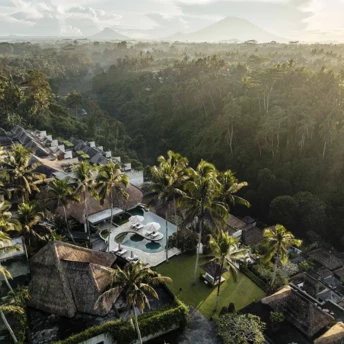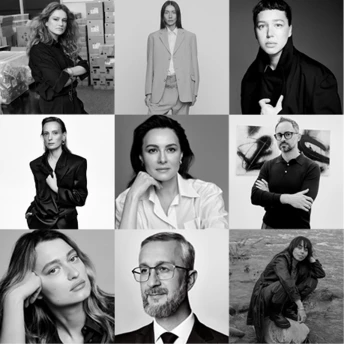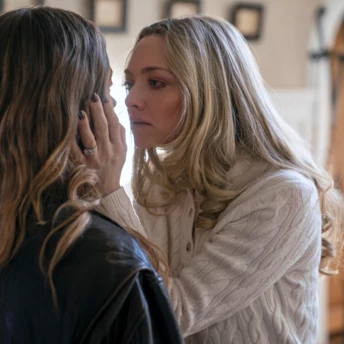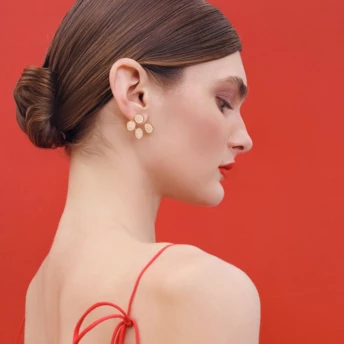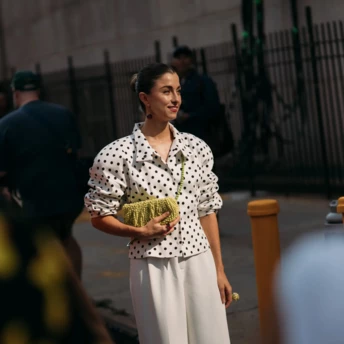Cultural Front: how was the exhibition of Ukrainian art in Marbella
.In times of war, the voice of art is especially important. How an exhibition of Ukrainian art in Spain will help us to fight on the cultural front, read below.

This July, the Art for Freedom exhibition of contemporary Ukrainian art took place in the Wadström Tönnheim Gallery in the Spanish city of Marbella. The brave team of the project – collector Oleksandra Markova and curator Svitlana Starostenko – were able to collect the crème de la crème of contemporary Ukrainian art in the Spanish resort town: here is the almost most popular Ukrainian sculptor Nazar Bilyk, the star of the art squat "Parkomuna" Valeria Troubina and a fashion photographer Ivan Tsupka. Also the creator of the incredible vytynanka (cutout), Daria Alyoshkina. Readers remember her fantastic openwork vytynanka-canvas from the exhibition Futurespective, organized by the Vogue UA team in 2021. Artist Nina Murashkina is known for sensual paintings in which she explores the psychology of sexuality. In total there are 31 artists, each of whom presented different techniques in Spain: from light installations to cutouts.
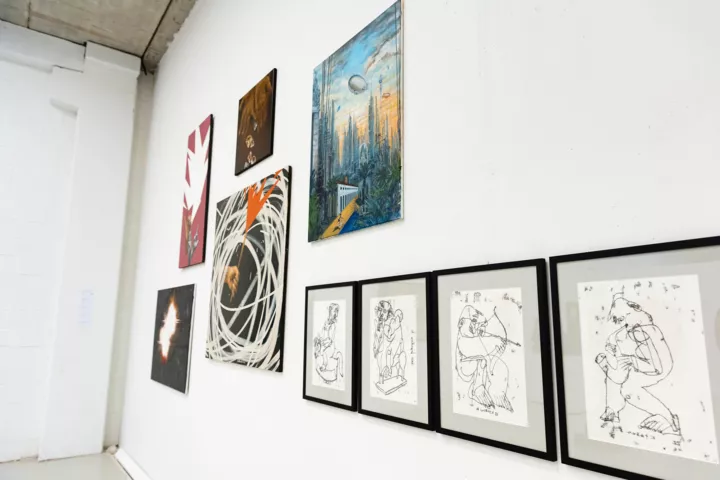
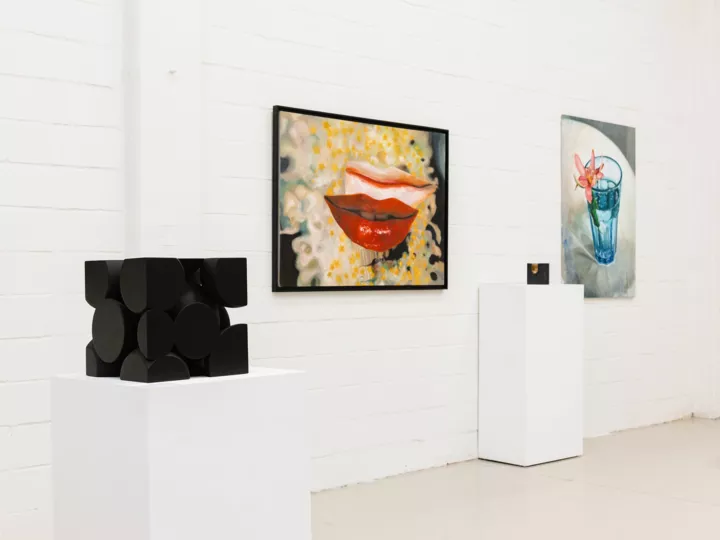
 Daria Alyoshkina, Berehynya, 2021
Daria Alyoshkina, Berehynya, 2021The main goal of the exhibition – to acquaint European collectors with contemporary Ukrainian art – was achieved. "Despite the complexity of logistics, the scattering of participants throughout Europe, the impossibility of predicting the audience and its reaction", says curator Svitlana Starostenko, who dives into the insights of the project's preparation, which lasted for three months.
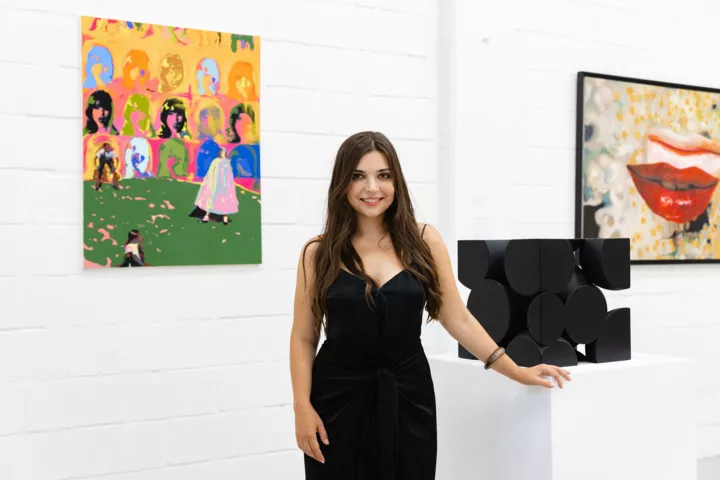 Svitlana Starostenko
Svitlana StarostenkoThe idea of the exhibition belongs to the Ukrainian collector Oleksandra Markova. Oleksandra admits that the beginning of the full-scale invasion, which she found in Kyiv, divided her life into before and after, and the exhibition was born from the desire to tell the whole world about what modern Ukraine is like.
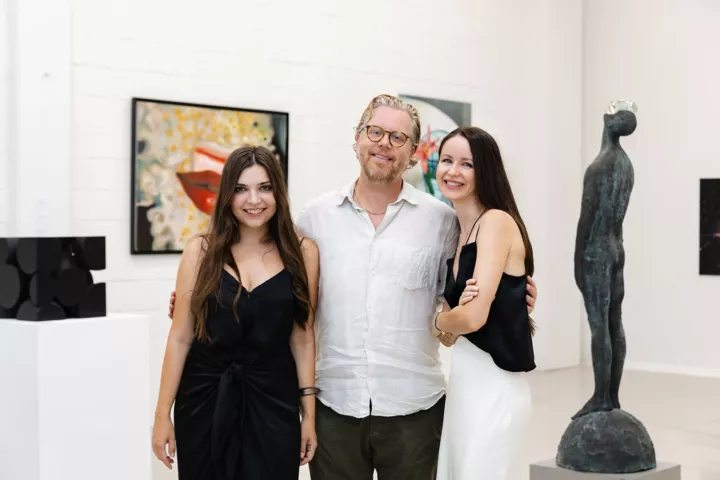 Svitlana Starostenko, Matthias Tonnheim, Oleksandra Markova
Svitlana Starostenko, Matthias Tonnheim, Oleksandra Markova"On February 24, my husband and I came under shelling. It was a turning point. I experienced very hard what was happening in the country. Therefore, with our exhibition, I had a "selfish" goal: I wanted to do something for the country, and this project helped me feel needed and helped me cope with all that I felt from that fateful February 24. It became therapy for me."
"Since I've been collecting contemporary art for several years, of course, the first thing I thought about was an exhibition of Ukrainian artists in Europe", Oleksandra continues. – "I wanted to show to the world Ukraine as it is: creative, intelligent, with great potential. To show that we are completely different from the Russians. We wanted to involve the international public – so that we would be talked about and not forgotten. On all fronts."
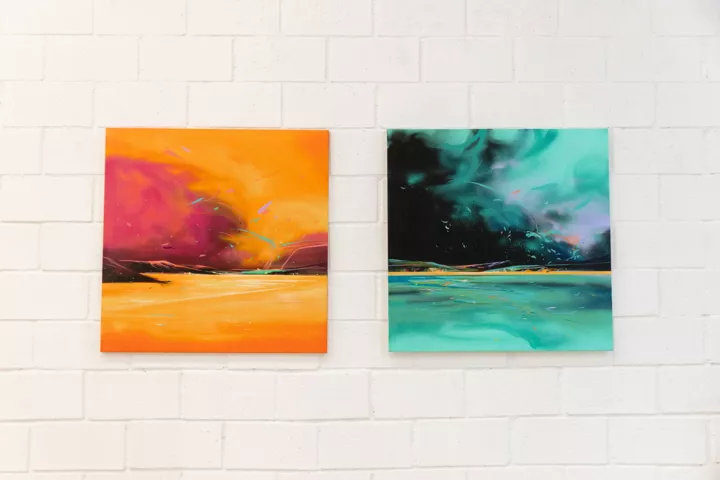
The essential feature of the Art for Freedom project is that it presents a usual practice of the artists – their works are not devoted to the theme of war. The project team sought to show in Spain contemporary Ukrainian art, which was created in an individual manner of each of the authors. "This is the only way for a foreign viewer to get an objective picture of the current Ukrainian art of recent years," comments curator Svitlana Starostenko.
For example, Valeria Troubina, a representative of the "new wave" of Ukrainian art, and a participant of the legendary "Parkomuna" art squat presented a large-scale still life "Flower in a Blue Glass" in Marbella. In this work, there is a balance of realism and surrealism, so characteristic of Valeria Troubina's artistic practice, and here is her inherent work with the colour and the scale of the canvas.
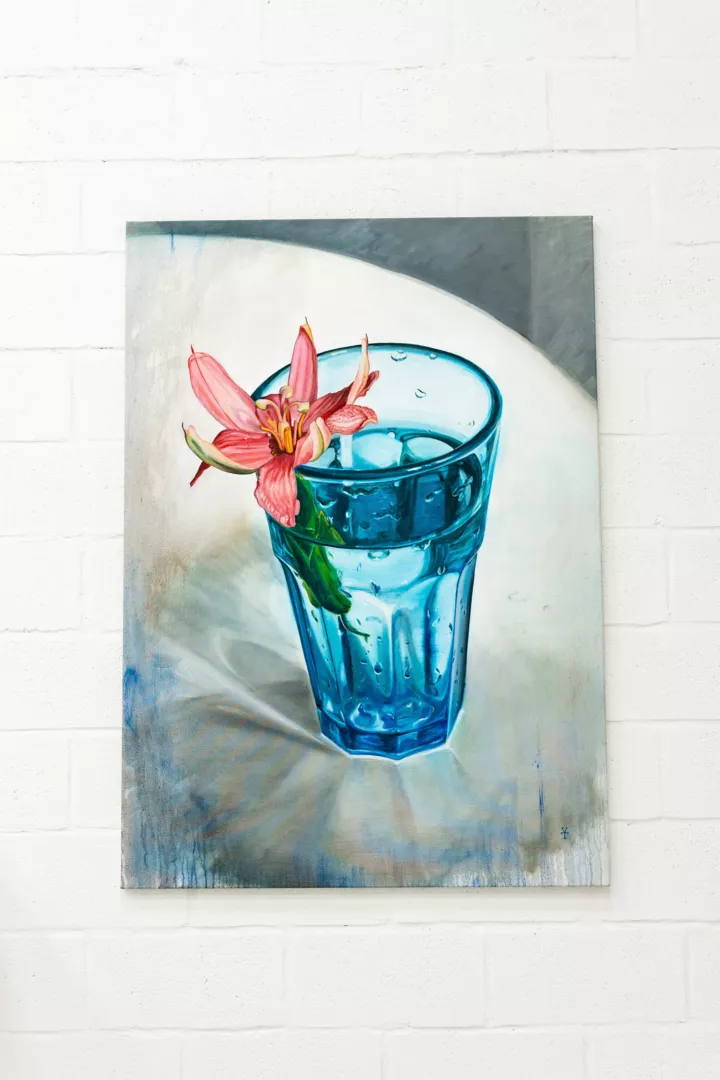 Valeria Troubina, Flower in a blue glass, 2020
Valeria Troubina, Flower in a blue glass, 2020Another artist, Vasyl Grublyak, who explores the boundaries between art and design in his work, presented the light installation "Egregor'' at the exhibition. Those familiar with Grublyak's art remember this work: the artist exhibited its variation in 2020 as part of the sculpture contest at the M17 Art Center; it also decorates the interior of the Kyiv studio of the famous designer Ruslan Baginskyi. After the Art For Freedom project, Grublyak's art piece, by the way, settled in the stellar collection of Swiss collector Jen Struve – among the works of Pablo Picasso and contemporary European artists.
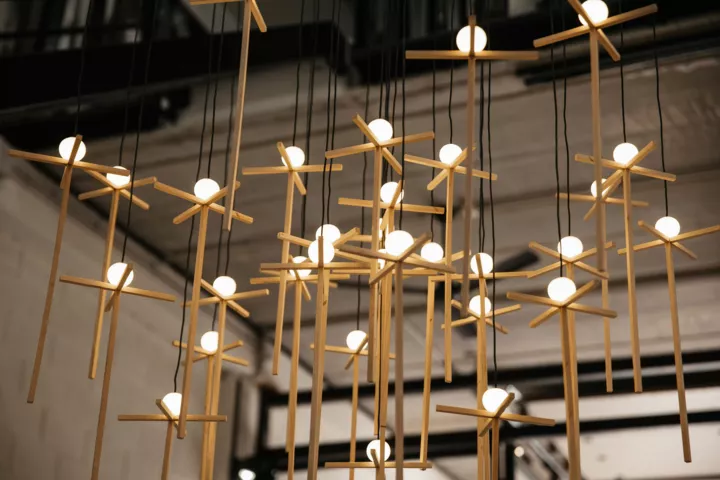 Vasiliy Grublyak, Egregore, 2022
Vasiliy Grublyak, Egregore, 2022And the paintings "I desire" and "Coquette" by Nina Murashkina, created in 2021, are interesting to look at precisely through the optics of today. The artist explores the psychology of sexuality in her art and says that these works are about the premonition of entering youth. And if we consider this issue in the context of a full-scale war, we can say that it is not known in which country these girls will enter their youth – and this anxiety and at the same time flirtatious youth are felt in these works.
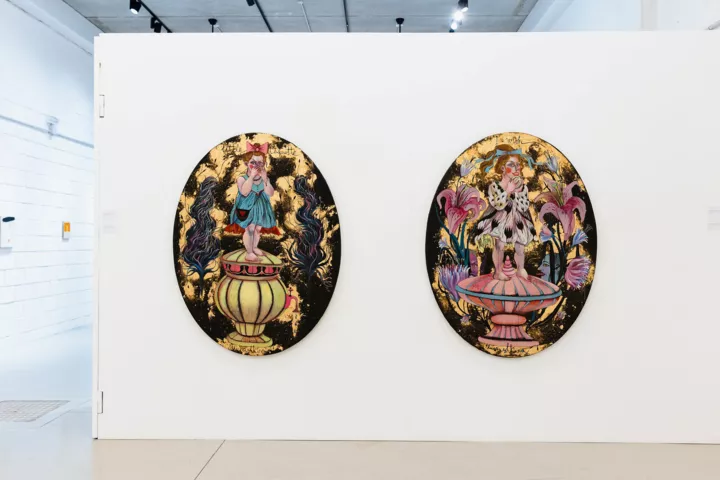 Nina Murashkina, "Coquette", 2021, "I wish", 2021
Nina Murashkina, "Coquette", 2021, "I wish", 2021The presentation of Ukrainian art abroad during the war plays a strategic role – it is an opportunity to be heard and seen. Unfortunately, little is known about Ukrainian culture abroad – in particular, due to Russia's long-term efforts to appropriate Ukrainian artists, writers, and composers.
Valeriya Troubina, a Ukrainian artist from Luhansk, speaks very aptly about the need to introduce the world to Ukrainian culture. She has been living in the USA for 30 years, but now she is in the temporarily occupied territory in Luhansk, where she came for family business last year.
"From a political point of view, few people in the world knew what Ukraine is. We have always been invisible, hidden. And now... There is no evil without good. Now we have the opportunity to show ourselves more deeply. After all, we are completely different people from Russians – we give more, we are kind and generous, and we do not want to take anything from anyone and it is important to show it"
 Liliya Studnytska, The last rays, 2021; Oleksii Zolotariov/Zolotar, Ear, 2017
Liliya Studnytska, The last rays, 2021; Oleksii Zolotariov/Zolotar, Ear, 2017Everyone who is interested in Ukrainian art knows that the works of our artists are presented in museums around the world, and put up in Sotheby's and Christie's auctions. "However, mostly due to the fact that Ukraine was under de facto occupation (which we used to call the Soviet Union) for 70 years, they really don't know much about Ukraine abroad," says curator Svitlana Starostenko. — For a long time, our authentic art was either recognized as Russian or banned, and the authors were persecuted by the authorities. During 30 years of Independence, we managed to separate. But, no matter how sad it is to admit, it was the war that gave us the opportunity to be not only seen but also "heard". And during the war, our voice sounds especially powerful – art has become another mediа through which the whole world should feel the pain, despair, and rage that we feel today..."
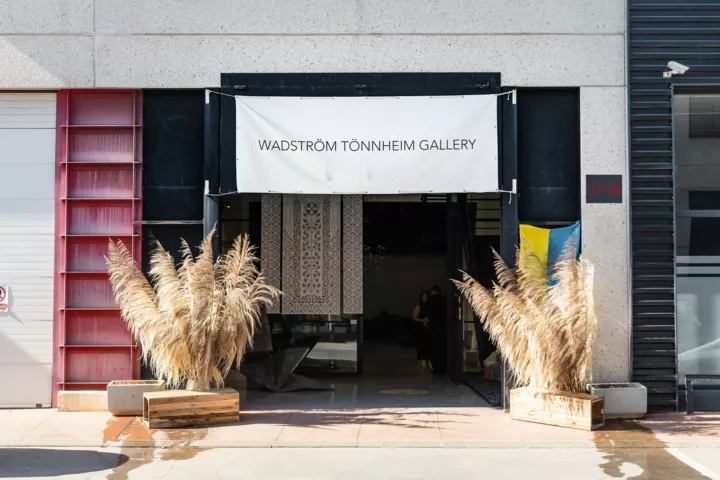
This is what Mattias Tönnheim, the founder of Wadström Tönnheim Gallery, where the Ukrainian exhibition was held, says. He notes that he was not familiar with the Ukrainian art scene, but what he saw impressed him. "I saw a well-curated collection of different art for different types of collectors, and I was particularly impressed by the high quality of the sculptures on display. From what I see, the Ukrainian scene of contemporary art looks promising."
One of the main goals of the Art for Freedom project is targeted philanthropy, helping specific people affected by the war and in need of help. Thanks to the sale of works and donations from the guests of the opening, it was possible to transfer 7,000 euros to the Future for Ukraine charity fund. These funds will be directed to the treatment of children's choreographer Oleksandr Chaika, whose heartbreaking story went round social media last spring. This man volunteered to defend the Motherland and lost his leg. Now the prosthesis in the USA is required for him; operations with the installation of osteofixation systems will be paid for five Ukrainians with bone fractures affected by artillery shelling.
In addition, the donations made during the opening made it possible to support the personal charity initiative of the artist-participant of the project Petro Gronsky. 5,000 euros will be used to purchase a car for the Svoboda volunteer battalion.
"10 of the 31 works in the collection were sold – that's almost 30% of the sales," concludes Svitlana Starostenko. – This is a serious success and practical recognition of our artists. In addition, we managed to collect considerable funds, and we know exactly how and to whom they will be used. We are grateful to our host – gallery owner Mattias Tönnheim, for his sincere support and real help throughout the entire journey."
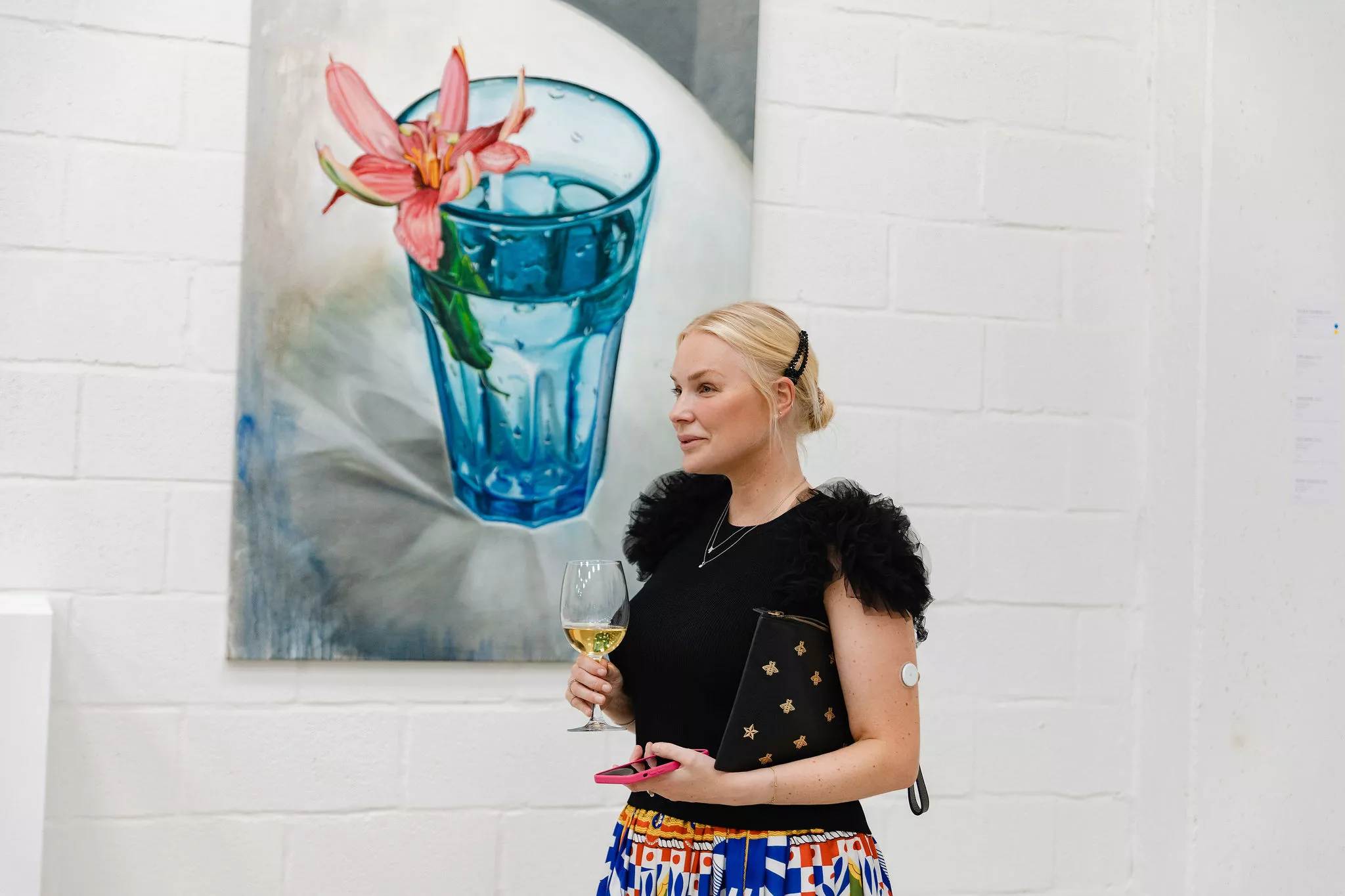
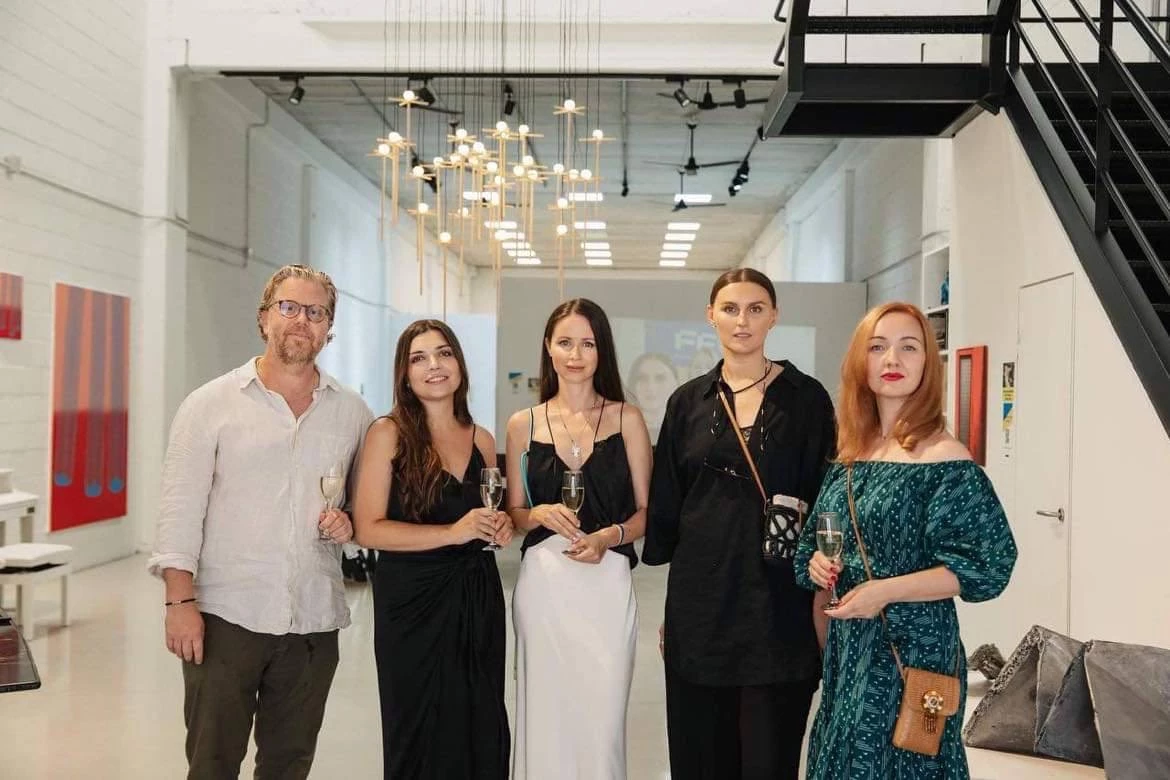

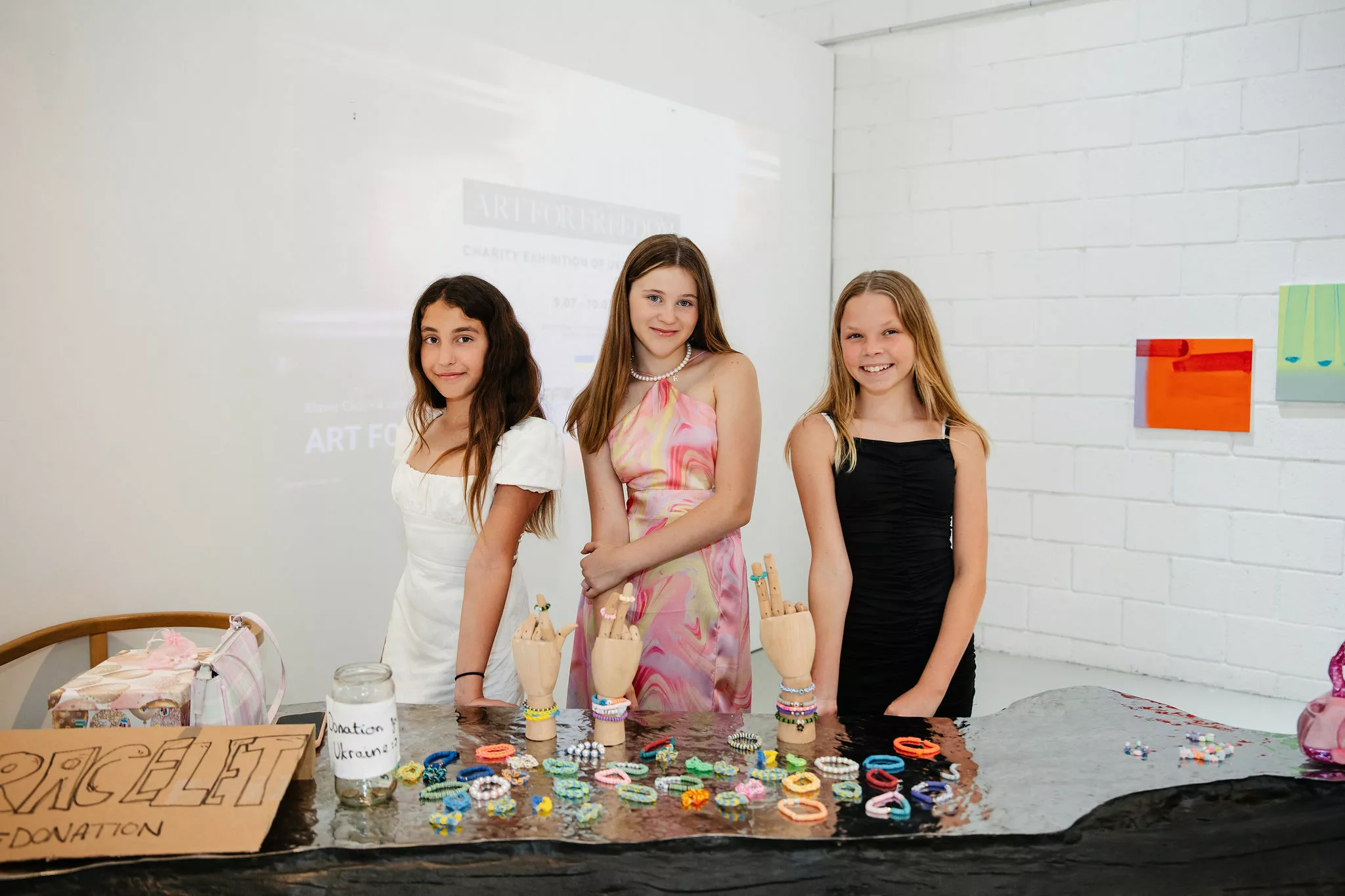

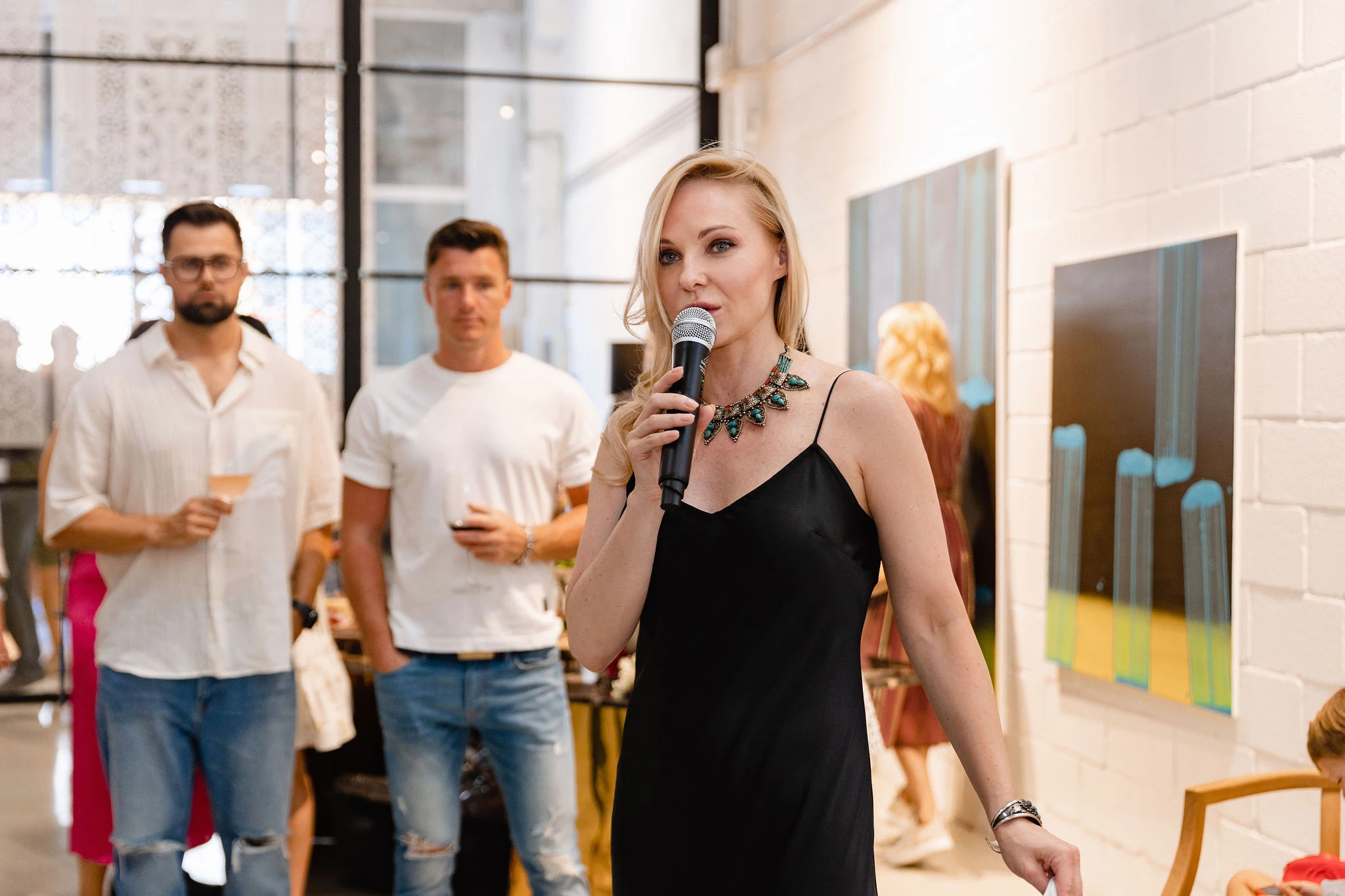
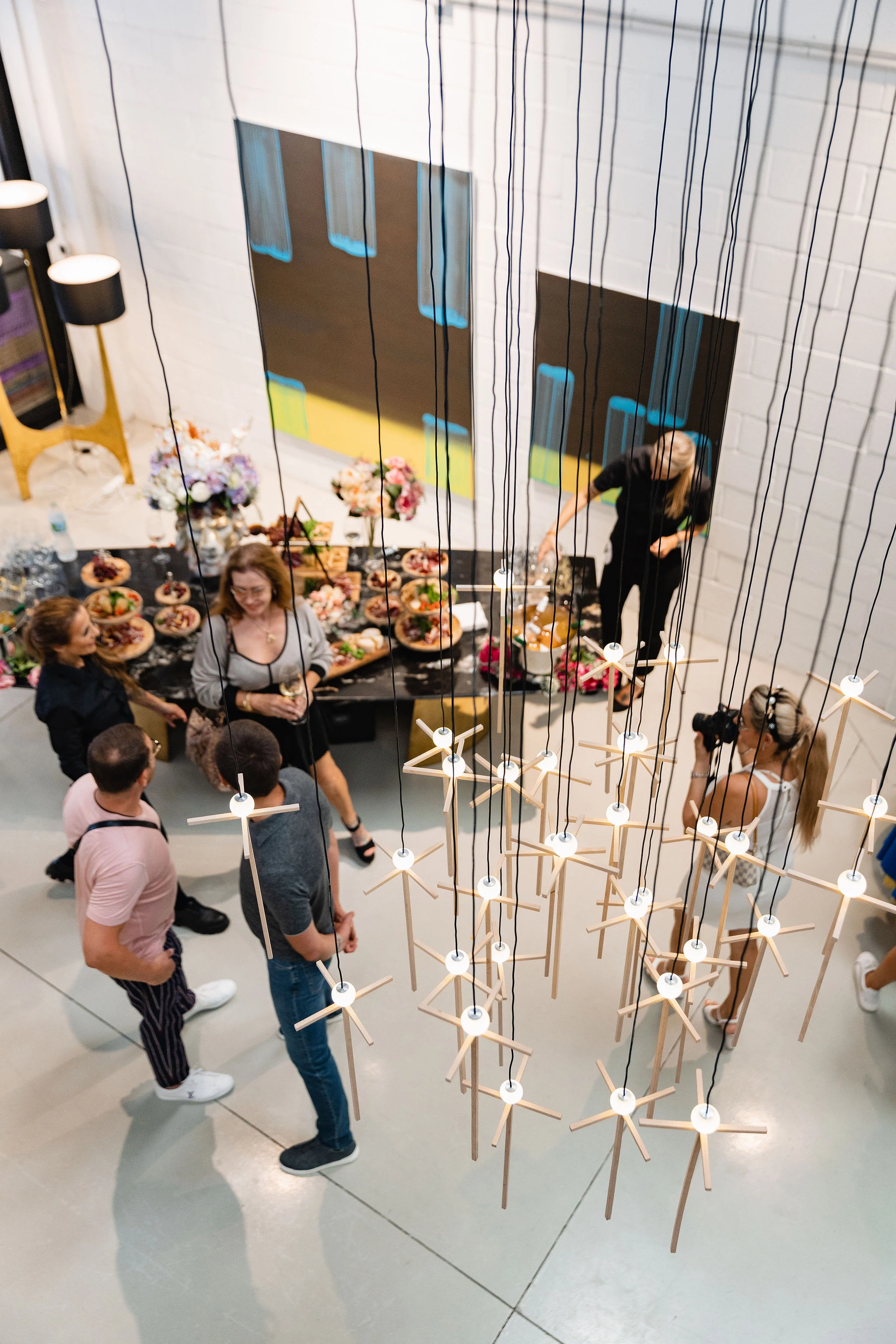

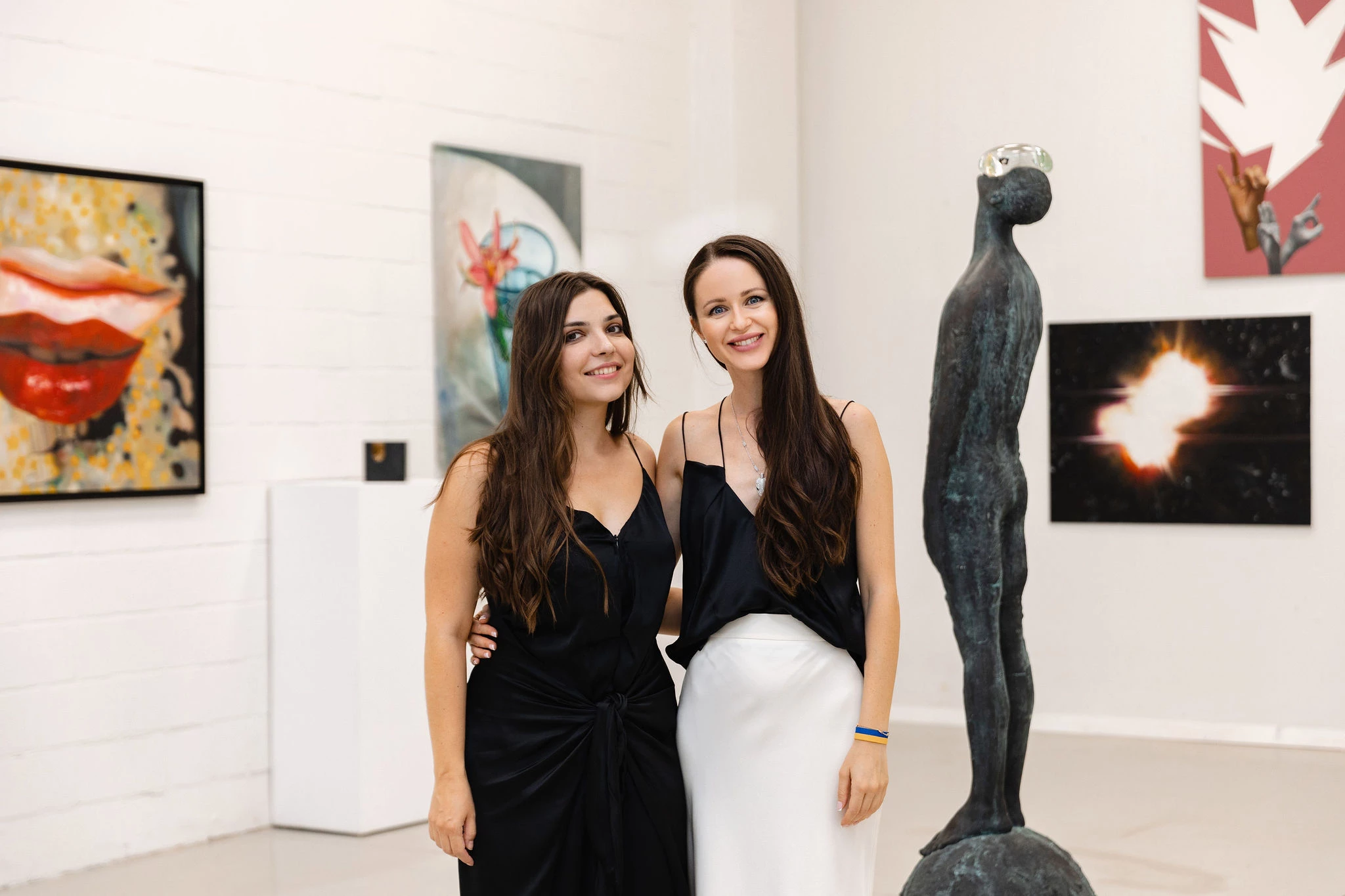
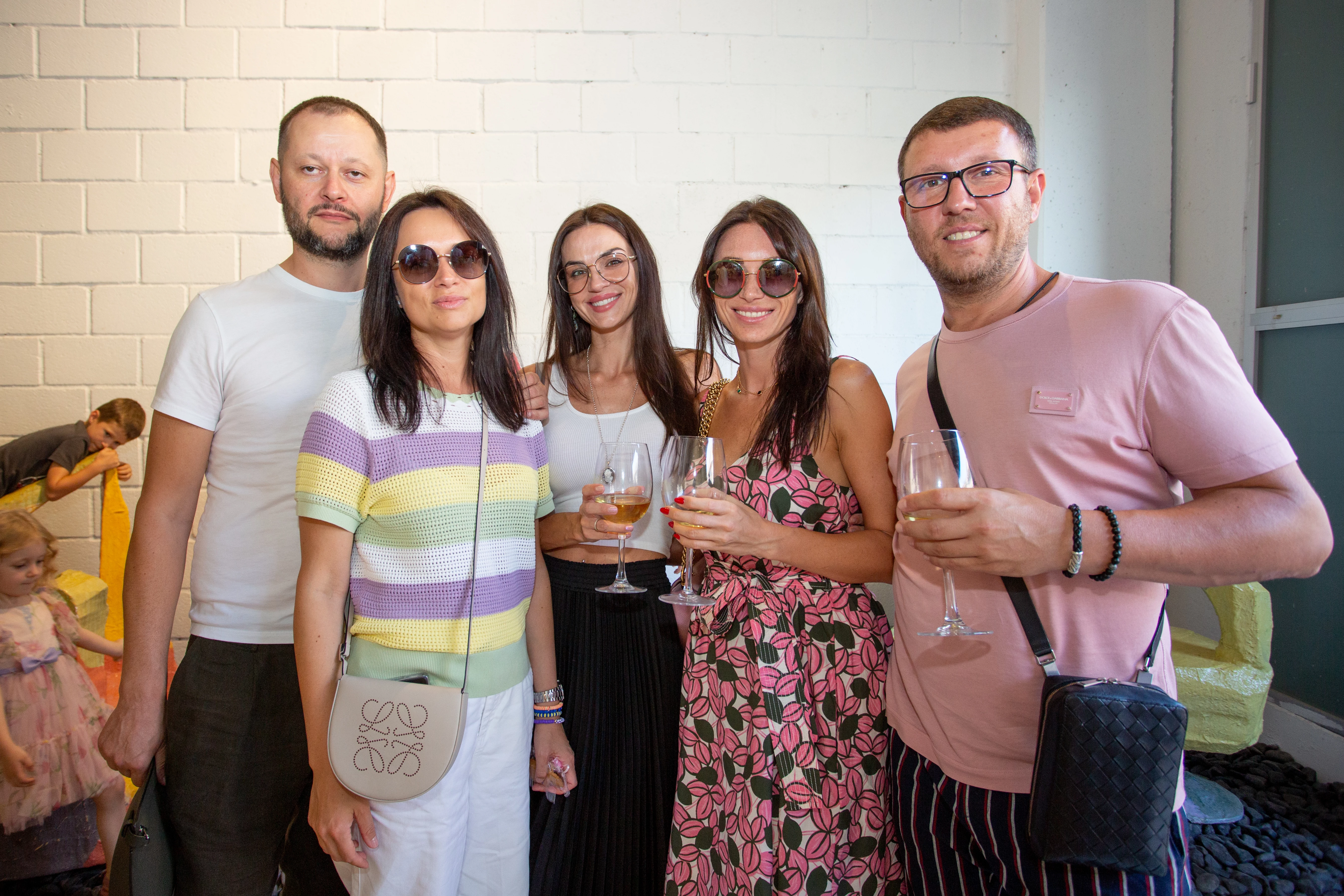
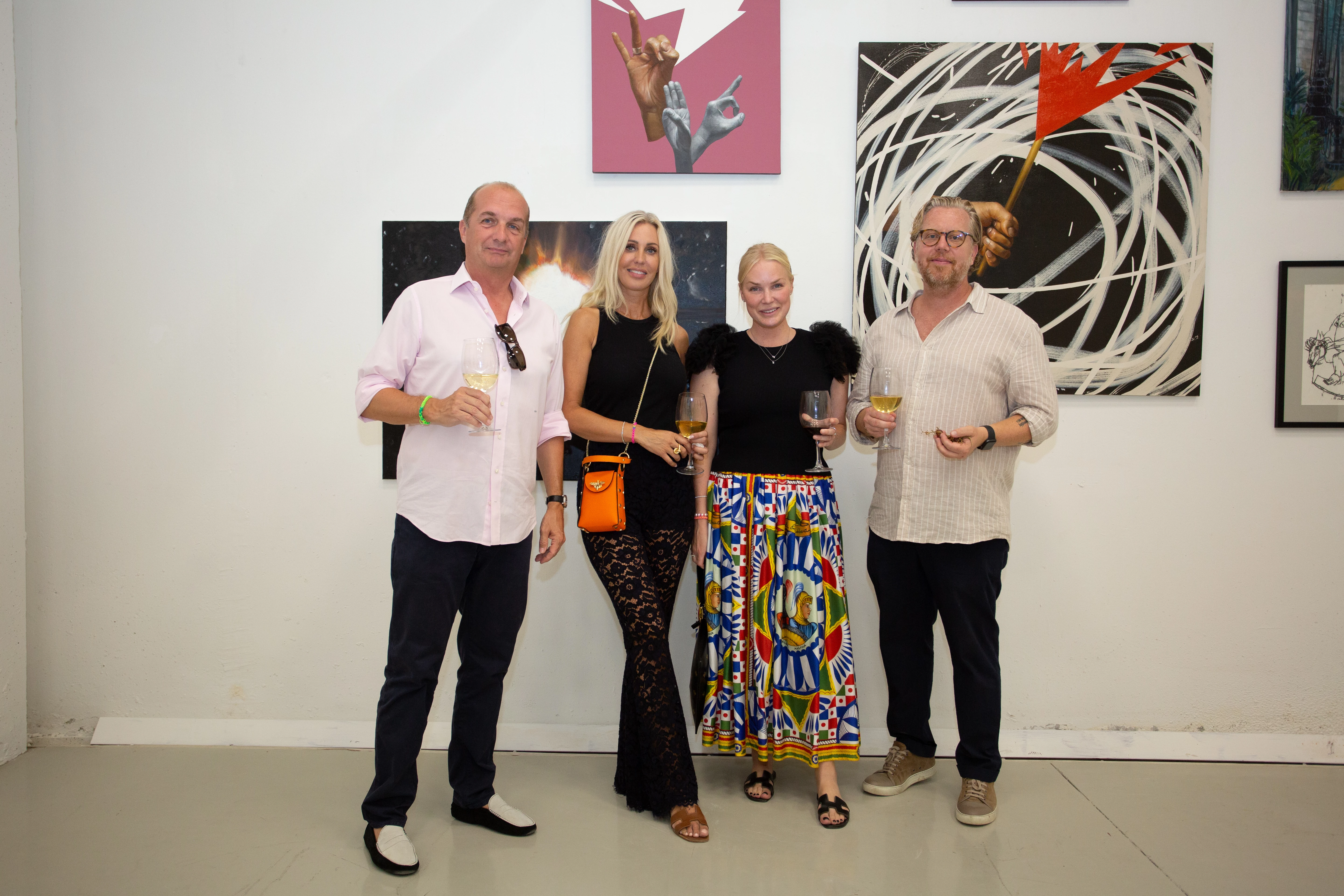
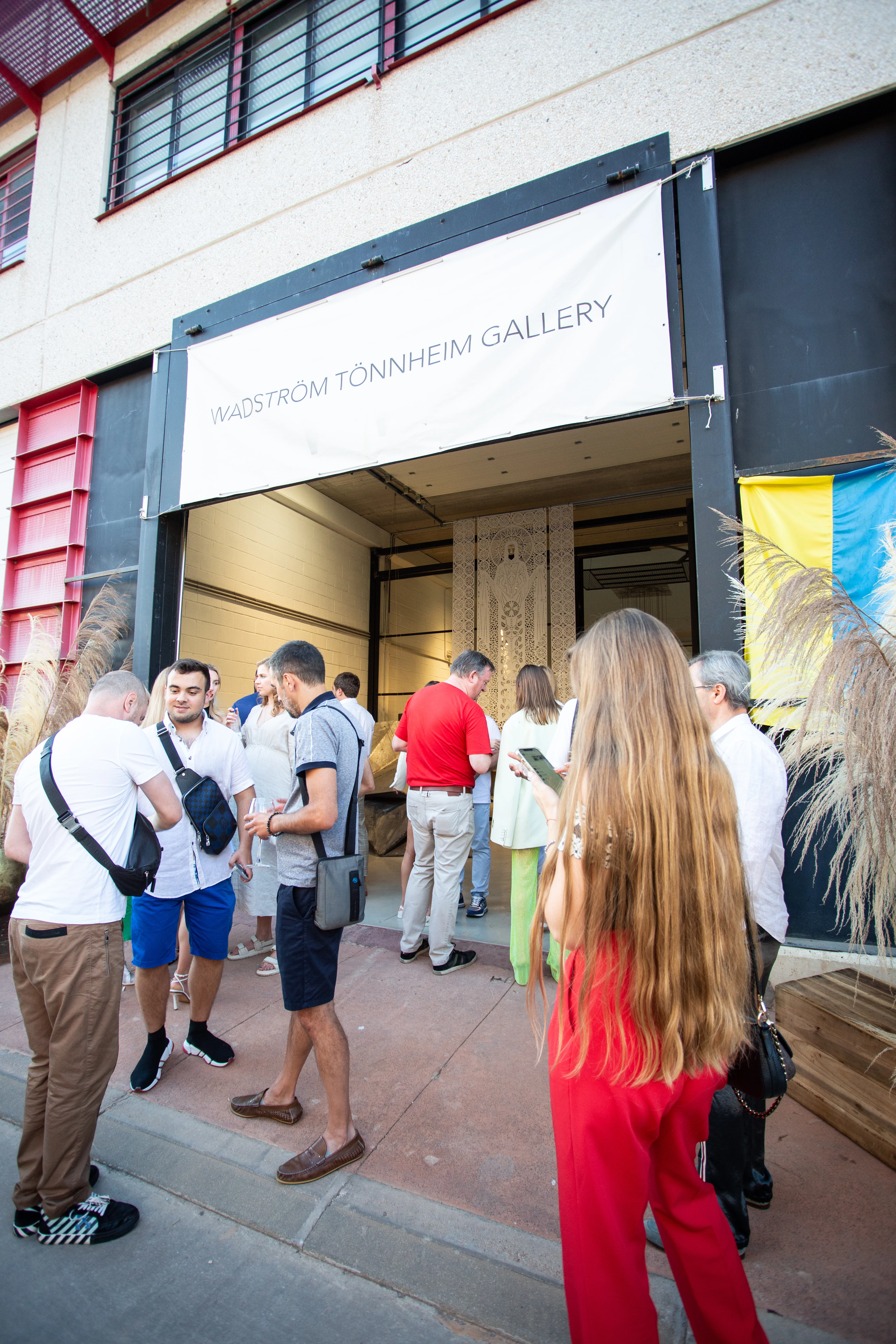
Фото: Анна Горячева, Tamara Rajmilevich (Society Magazine Marbella)
